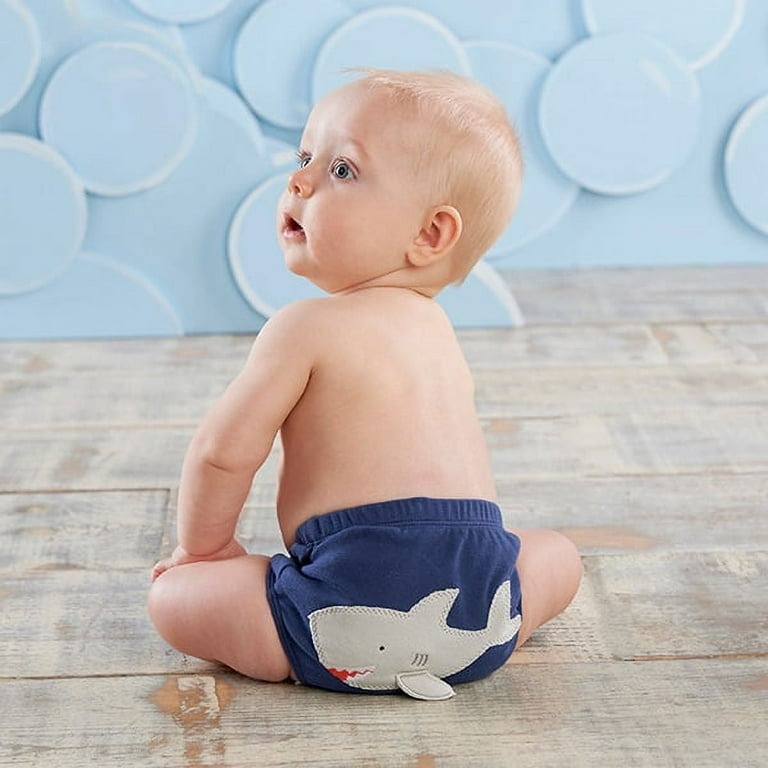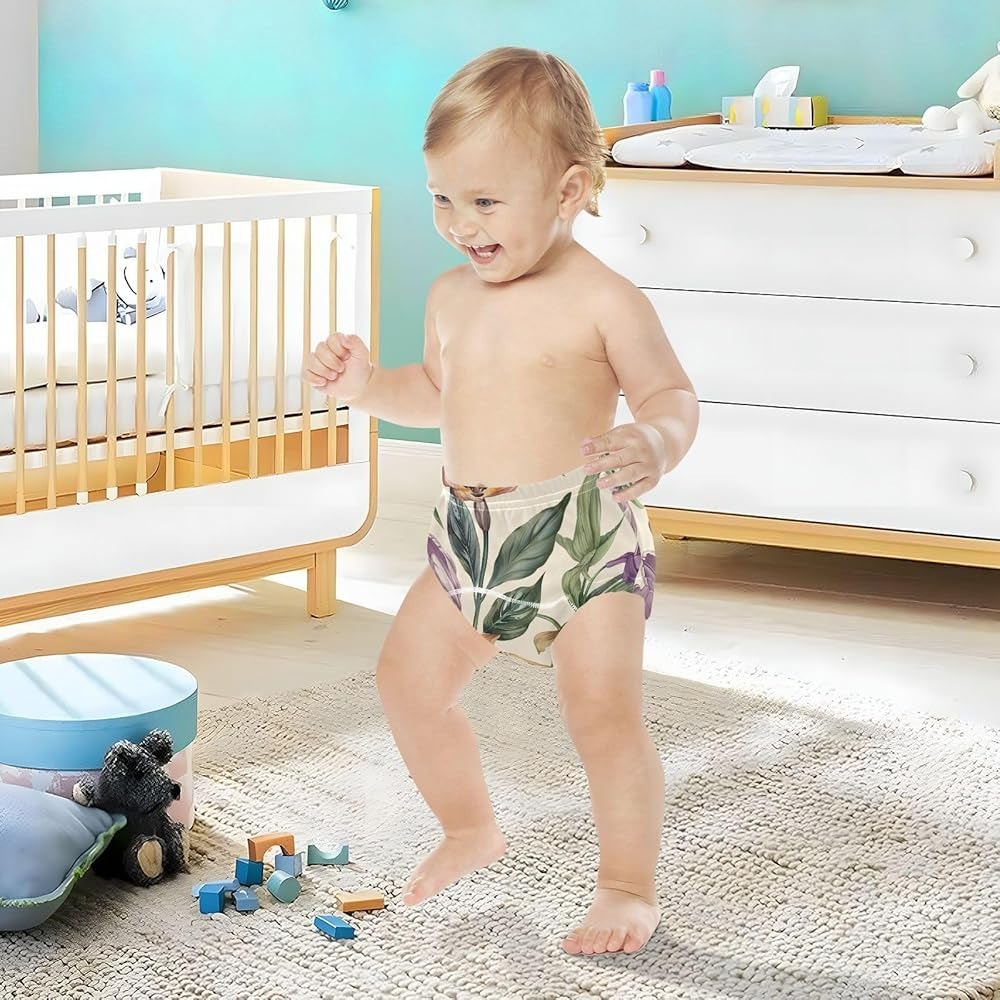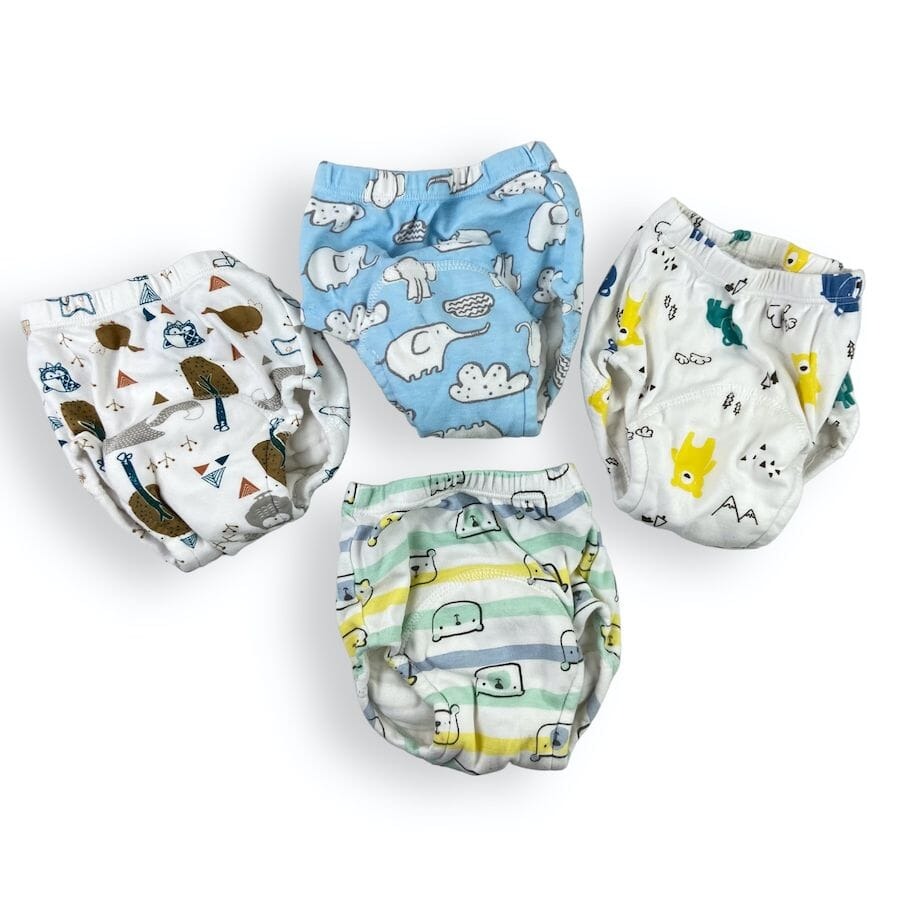The Importance of Finding the Right Fit
Selecting the correct size of waterproof training pants is crucial for your toddler’s comfort and confidence. An ill-fitting pair can lead to leaks, discomfort, and frustration during this key developmental stage. This is why emphasizing the right fit is as important as the pants being waterproof. Here are some pointers to ensure that you find the perfect fit for your little one:
- Measure Your Child Accurately: Use a soft tape measure to get the right waist and hip measurements. Compare these with the size chart provided by the manufacturer.
- Look for Adjustable Features: Some waterproof training pants come with adjustable waistbands and leg openings. This allows for a customizable fit as your child grows.
- Understand the Sizing System: Brands may use different sizing systems. Some might label their pants by age, weight, or standard clothing sizes like small, medium, or large. Double-check what each brand’s sizes mean.
- Test for Comfort and Mobility: The best waterproof training pants should allow your toddler to move freely without bunching or sagging. They should be snug but not too tight to prevent marks on the skin or restrict movement.
- Check the Return Policy: It’s helpful to purchase from companies with a flexible return policy. This way, you can exchange the pants if the fit isn’t right without additional stress.
Remember, the goal is to create a positive experience for your toddler that encourages independence. The right fit plays a significant role in achieving that. With comfortably fitting waterproof training pants, your toddler can confidently navigate their potty training journey.
Features to Look for in Waterproof Training Pants
When shopping for waterproof training pants, you want the best for your toddler’s needs. Here are key features to consider:
- Absorbency Level: Make sure the pants can handle the amount of liquid your child might produce. High absorbency helps prevent leaks.
- Comfortable Material: Soft, breathable fabrics ensure your child’s comfort and prevent rashes. Look for cotton blends or skin-friendly synthetics.
- Ease of Pulling Up and Down: Training pants should be easy for your toddler to pull up and down independently, fostering self-reliance.
- Stretchy Sides: Elasticized sides provide a better fit and make it easier for kids to manage on their own.
- Tear-away Sides: In case of accidents, tear-away sides enable quick and easy changes.
- Fun Designs: Attractive patterns and characters can make wearing training pants more exciting for toddlers, encouraging their use.
- Wetness Indicator: Some pants come with a wetness indicator that helps parents know when it’s time for a change.
- Durability: Look for pants that can withstand multiple washes without losing their waterproof qualities.
By keeping these features in mind, you can select waterproof training pants that offer both protection and comfort, making the potty training process smoother for you and your toddler.
Types of Waterproof Training Pants Available
When choosing waterproof training  pants, there are several types to consider. Understanding the options helps you find the best match for your child’s needs. Here are the most common types available:
pants, there are several types to consider. Understanding the options helps you find the best match for your child’s needs. Here are the most common types available:
- Pull-Ups: These resemble regular underwear but with added waterproof and absorbent layers. They are ideal for toddlers who are ready to transition from diapers.
- Snap-Ons: With snaps on the sides, these pants can be easily put on or taken off. They’re great for quick changes, especially after accidents.
- All-In-Ones (AIOs): These pants combine a waterproof outer layer with an absorbent inner layer. They offer simplicity since they are one piece.
- Pocket Pants: They have a pocket for inserting absorbent pads. This type allows for customizable absorbency.
- Training Pants with Built-In Alarms: Some pants come with alarms that sound when wet, helping to teach your child when it’s time to go to the potty.
Each type offers different benefits. Pull-ups and snap-ons foster independence, while AIOs and pocket pants provide versatility in absorbency. Training pants with alarms offer a unique way to support your child’s potty training. Consider your toddler’s preferences and stage in potty training when selecting the type that will work best for your family.
Material Considerations for Skin Sensitivity and Comfort
When it comes to choosing waterproof training pants, the material is not just a matter of comfort; it’s also about keeping your toddler’s skin healthy. Here are some considerations for materials that balance skin sensitivity and comfort:
- Go for Hypoallergenic Fabrics: Look for materials that are less likely to cause allergic reactions or irritate sensitive skin.
- Choose Breathable Materials: Fabrics that allow air to circulate help to prevent overheating and keep your child’s skin dry. This reduces the risk of rash.
- Opt for Cotton Blends: Cotton is gentle on the skin and when blended with waterproof materials, it provides comfort without sacrificing dryness.
- Avoid Harsh Chemicals: Some waterproofing methods use chemicals that might be harsh on the skin. Select pants that are free from BPA, phthalate, and PVC.
- Look for Soft Linings: The inner layer of the training pants should be soft to the touch to avoid chafing and discomfort.
- Prioritize Absorbent, Yet Non-Irritating, Layers: The material should absorb wetness quickly to keep the skin dry, but it should not be rough or irritating.
The materials used in your toddler’s training pants can greatly affect their potty training experience. Waterproof training pants that are soft, breathable, and hypoallergenic ensure that your child remains comfortable and rash-free throughout their learning process.
Training Pants vs. Diapers: Understanding the Differences
When it comes to potty training, knowing the difference between waterproof training pants and diapers is vital. Here are the key distinctions:
- Purpose: Diapers are designed to absorb and contain, while training pants aim to transition toddlers to using the toilet.
- Design: Diapers often have tabs and are bulkier. Training pants look more like regular underwear with waterproof features.
- Independence: Training pants encourage self-reliance by allowing kids to pull them up and down on their own. Diapers typically require adult assistance.
- Feel: Many training pants allow a child to feel wetness, which is part of the learning process. Diapers usually wick away moisture to keep skin dry.
- Reusable Options: Training pants come in reusable varieties that can be washed. Diapers are usually disposable, though cloth diapers are an exception.
Understanding these differences helps parents make informed choices on which is best for their toddler’s potty training journey. Choosing the right type often depends on your child’s developmental stage and comfort.
Care and Maintenance Tips for Waterproof Training Pants

Caring for waterproof training pants properly extends their life and effectiveness. Here’s how to keep them in top shape:
- Follow Washing Instructions: Check the label for specific care guidelines. Generally, a gentle cycle with mild detergent works best.
- Avoid Fabric Softeners: These can reduce the absorbency and waterproof capabilities. Stick to detergents that are fabric-friendly and do not leave residue.
- Pre-wash New Pants: This can enhance the absorbency of the padding. Do this before first-time use.
- Rinse Immediately After Use: If there’s an accident, rinse the pants right away. This prevents odors and stains from setting in.
- Air Dry When Possible: High heat from dryers can damage waterproofing layers. Air drying is gentler and preserves the pants’ qualities.
- Use Bleach Sparingly: For deep cleaning, occasional bleach can be helpful. However, frequent use may degrade fabric and waterproofing.
- Store Properly: Keep the pants in a cool, dry place to avoid mildew and degradation.
By incorporating these care tips, your toddler’s waterproof training pants will remain comfortable, leak-free, and durable throughout the potty training journey. Remember, the key to maintaining these pants lies in proper washing, drying, and storage practices.
Innovative Technology in Waterproof Training Pants
Recent advancements in technology have significantly improved waterproof training pants. As you navigate the potty training period, considering tech-enhanced options can offer extra convenience and efficiency. Here’s a look at innovative features that are shaping the future of toddler training pants:
- Enhanced Absorbency: Using super-absorbent polymers, new pants can hold more liquid, reducing the chance of leaks.
- Temperature Regulation: Materials that adapt to your child’s body temperature can keep them comfortable in various climates.
- Odor Control: Some training pants now incorporate materials that neutralize odors, keeping your toddler feeling fresh.
- Eco-friendly Options: Biodegradable and plant-based materials are gaining popularity, combining waterproofing with environmental responsibility.
- Smart Sensors: There are training pants with moisture sensors that alert parents or kids when wetness is detected.
- Adjustable Absorbency: Look for pants with removable liners or inserts, so you can tailor the level of protection needed.
Seeing these tech-smart features in action can transform the potty training experience into a more manageable and less daunting task for parents and their toddlers alike. Choosing waterproof training pants with the right combination of traditional comfort and modern technology supports your little one’s potty training success.
Making the Transition: Encouraging Toddlers to Use Training Pants

Moving from diapers to waterproof training pants is a big step for your toddler. It marks a move towards independence in their potty training journey. Here are tips to make the transition smoother:
- Start with a Conversation: Explain what training pants are and why they’re special. Use simple words they understand.
- Allow Them to Choose: Let your child pick out their own training pants. Fun designs can make them excited to wear them.
- Create a Routine: Establish a consistent routine for using the potty. This helps associate training pants with the act of going to the toilet.
- Praise Their Efforts: Whenever they successfully use their training pants, celebrate their achievement. Positive reinforcement goes a long way.
- Model the Behavior: If they have older siblings, let them see how they use the toilet. Kids often imitate their siblings.
- Use a Doll or Toy: Demonstrate how to use training pants with a favorite toy. It can make learning more relatable.
- Stay Patient and Supportive: Accidents will happen. Offer comfort and understanding, not frustration.
By keeping these strategies in mind, you can help your toddler feel good about using waterproof training pants. This is an exciting time of growth for them and your support is key to their confidence and success.





